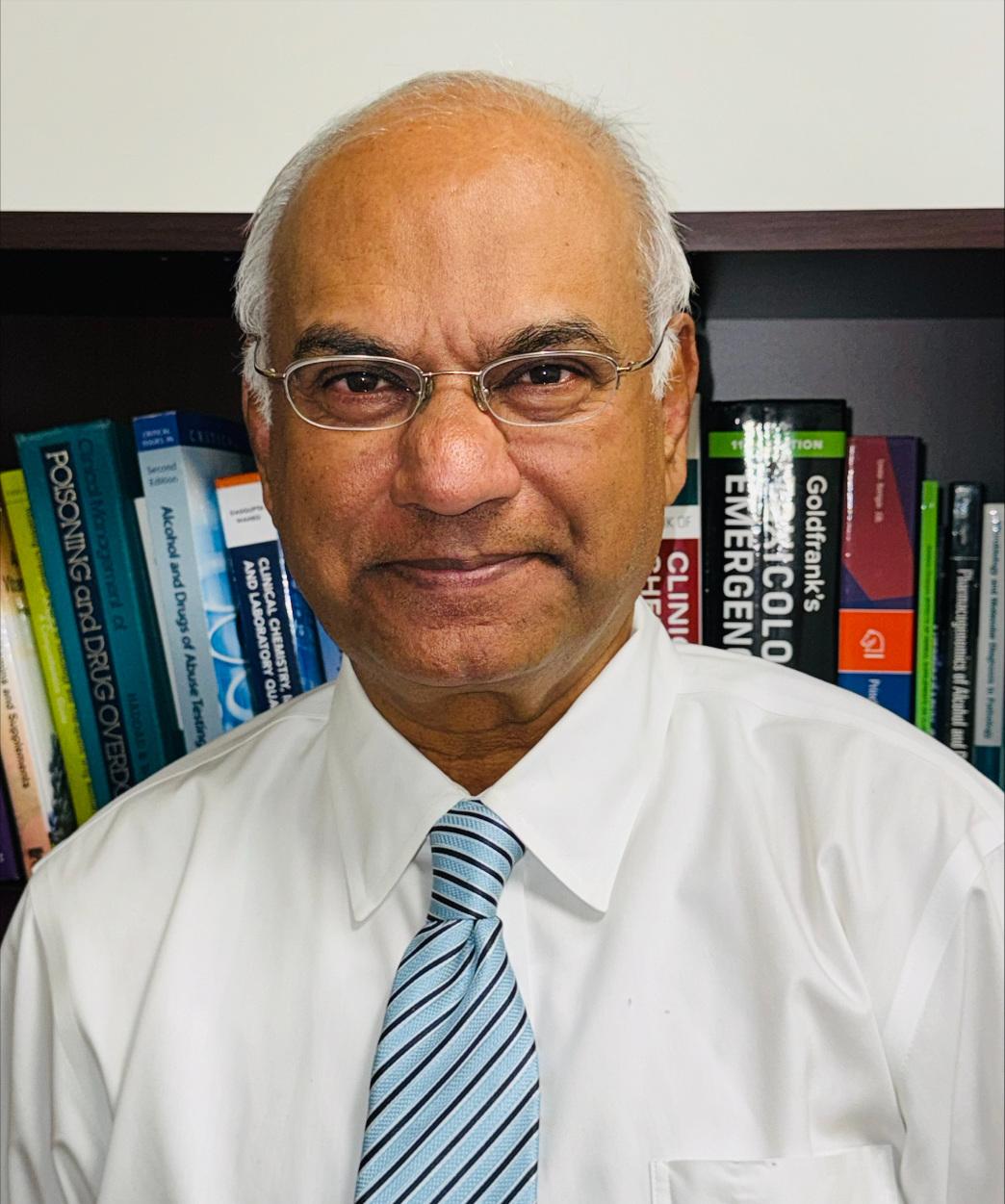
4 minute read
Senior Fellow Interview: Dr. Amitava Dasgupta
The Young Fellows Section arranges interviews between Young Fellows and more senior Fellows. Young Fellows can obtain scientific and career advice from a senior member who may offer valuable guidance.
The Young Fellows Section Chair, Dr. Jessica Claus, sat with Professor Amitava Dasgupta, Ph.D., a senior member of Association of Clinical Scientists, to learn about his journey and academic accomplishments.
Jessica Claus: Please tell me a little bit about yourself. Where did you grow up? Where did you go to school?
Amitava Dasgupta: I was born in Calcutta (now Kolkata), India. I completed my undergraduate degree at the University of Calcutta and then in 1980 with a major in chemistry. Following that, I pursued my Master's degree at the University of Georgia, completing it in 1981. I then joined Stanford University, where I earned my Ph.D. in Organic Chemistry under the supervision of Professor Carl Djerassi. Afterward, I joined the University of Washington in Seattle as a Clinical Chemistry Fellow, completing my fellowship in 1988. Subsequently, I obtained board certification in both Clinical Chemistry and Toxicological Chemistry from the American Board of Clinical Chemistry. Additionally, I am certified in Clinical Chemistry and Toxicology by the National Registry of Clinical Chemistry (NRCC).
Claus: How did you develop an interest in science and medicine?
Dasgupta: I developed my interest in chemistry from my father in high school who helped me with high school chemistry. Later, I was fortunate to have outstanding chemistry professors in college, especially Professor Parimal Kanti Sen, who sparked my keen interest in clinical chemistry. He encouraged me to go to pursue a higher education in the U.S. for higher education and went out of his way to help me prepare for the GRE in advanced chemistry. While attending Stanford University, I was drawn to medicine as Professor Djerassi, who discovered the birth control pill, told me about a career opportunity in clinical chemistry. Then I noticed an advertisement for a chemistry fellowship application at Science and applied for the position. I was very fortunate to get accepted in the program, where I once again was blessed with excellent professors and mentors. I am deeply grateful to Professor Margaret Kenny, Professor Vidmantas Raisys and the then chair Professor Paul Strandjord.
Claus: Tell me about your career progression. Did your career progression exceed your expectations?
Dasgupta: Thanks to Professor Strandjord, I was able to secure an assistant professor position at the University of Chicago Pritzker School of Medicine, where I focused my research on clinical toxicology. Professor Thomas Shaw, director of clinical laboratory and also a clinical chemist, helped me to further develop my interest in clinical chemistry. After his retirement, I moved to University of New Mexico in Albuquerque as the director of clinical chemistry and also an associate professor. My interest in forensic toxicology grew through my involvement with the Office of the Medical Examiner, where I served as a consultant. In 1996, I met my wife Alice in Albuquerque through a friend and we got married. I give her a lot of credit for staying married to me all these years.
Dr. Rao, head of forensic toxicology at the Medical Examiner's office, also played a significant role in my career development. In 1998, I moved to University of Texas McGovern Medical school as full professor and later, in 1999, my tenure was granted. I was also the director of clinical chemistry and point-of-care testing at Memorial-Hermann Hospital. I worked there for 24 years and after the retirement of my chair Professor Robert Hunter, I moved to the University of Kansas as a tenured full professor and medical director for clinical laboratories at the University of Kansas Hospital. I am also the vice chair for clinical pathology
Claus: How did mentorship influence your professional career? How did you get involved with the Association?
Dasgupta: I was greatly influenced by my mentors at the University of Washington, as well as by Professor Shaw at the University of Chicago. When I moved to University of Texas McGovern Medical School, our chair Dr. Robert










